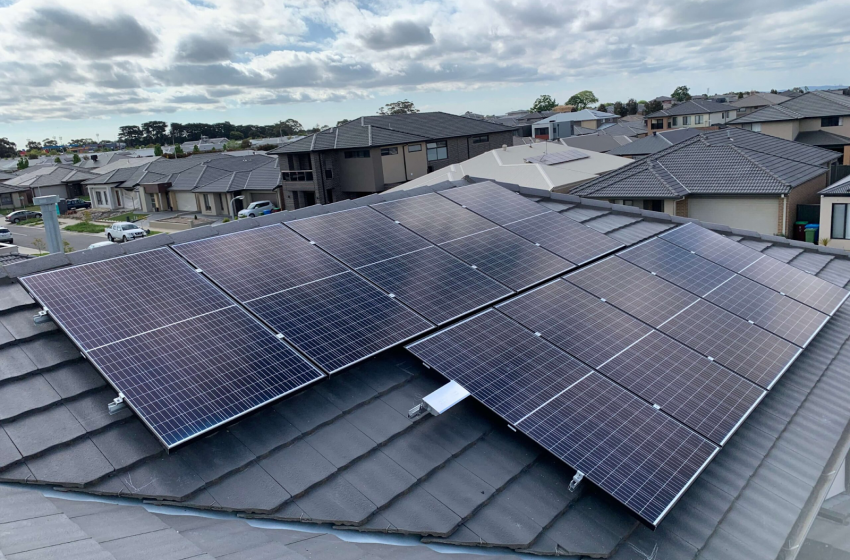
Electric Control Panels for Solar Projects
Considering solar as the main source of electric power supply has several benefits. Not only it helps you with cost savings, but it also allows you to contribute towards protecting the environment. However, in order to reap these benefits, you need to pick the right electric control panels for large solar projects (both residential and commercial).
If you are planning to embrace solar energy, you should have a good knowledge of solar panel electrical requirements. Here, we’ll discuss everything about electric panels for solar projects. Let’s get started!
Why do you need electric control panels for the solar system?
Electric control panels are electric devices that use electricity to regulate the mechanical processes of machinery or equipment. Solar panels are merely the first step in capturing and utilizing the solar energy that falls on your business (or house). There are various safety and compatibility difficulties when this energy is supplied back into the building’s electric grid.
Electric switchgear and control panels play a crucial role in power generating stations, power distribution substations, and undergo many switchgear inspections to pass the quality test.
Good electric control panels can easily connect with solar panels and solar battery storage systems. Industries and organizations use a lot of energy to run; adding an electric control panel or upgrading will make it easier to manage the power usage.
A solar power distribution unit or solar power distribution panels can also help prevent power outages and improve safety. Furthermore, adding electric control panels to a solar system increases the property’s value. As a result, it is recommended that you install or upgrade the one.
Electric panels considerations for solar projects
Now that you know why it is important to have a good electric control panel, here are some top electric panel considerations for a solar project-
Size Requirements
An electrical panel size places some restrictions on the size of solar system. In case there are no restrictions, the energy from solar system and utility grid will cause the electric panel to overload. Here, 120% rule for sizing a solar system comes in!
Sizing the solar system with 120% rule
The 120 percent rule is a formula for determining the largest breaker that can be connected to an electrical panel. This will assist you in determining the maximum size of the inverter you can utilize. It states that the busbars of the primary breaker cannot carry more than 240 amps (120 percent). This guideline is highly useful when constructing a PV system or a solar system for a residential or business context.
How much does an electric panel upgrade cost?
Generally, the most expensive part of a solar project is the installation or update of electrical panels. It does, however, allow the solar system to function properly and has other advantages. Labor and material costs vary dramatically from one project to the next, depending on a variety of factors. Are there any sub-panels, split-circuits, or other components that require attention? Is it necessary to rewire? Do you require a new power supply as well as a meter?
Based on these considerations, the total cost of the electrical paneling work could range from hundreds to thousands of dollars. In addition, the total cost of a solar plant varies. Many more elements come into play in addition to these. Increased solar power may necessitate inverter modifications.
A monitoring system may be required to upload solar production or usage data so that it may be monitored on-site. This will allow you to more effectively manage solar power and will notify you when the system slows down. In the long run, dealing with such problems will be helpful to you.
